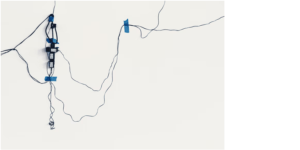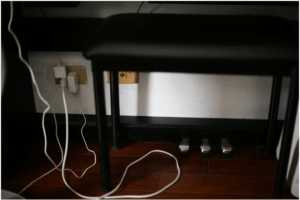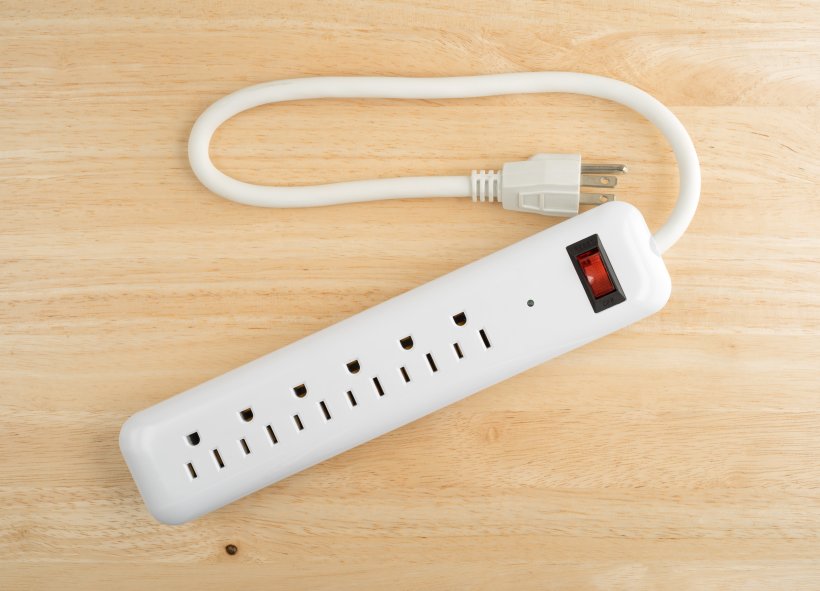A great deal of change can be seen in the devices we use due to urban growth and technical stimulation. With the spike in the number of appliances and gadgets like computers, televisions, gaming consoles, and other electronic devices, there is an intrinsic need to regulate their energy. Why? While these technologies make our lives easier, they also use a lot of energy. According to a study led by the National Renewable Energy Laboratory, DVD players, game consoles, external monitors, and printers may add approximately 10% to power costs.
Given how producers of these gadgets are seeking to make them increasingly energy-efficient, this percentage is pretty high. There is a lot of attention on minimizing consumption regarding consumer electronics and household energy usage. The primary focus of consumption reduction is regulating the power and electricity flow inside home settings, where power strips come in.

-
How to Pick the Best Power Strip for Your Needs?
Find that your wall outlets are not enough for your appliances. You can consider getting a power strip, particularly in areas where high-power devices are frequently used, such as c 13 plug can be used with computers, monitors, most printers, and various other devices. A power strip is only a temporary extension of the wall outlet; it should not be used as a replacement for permanent wiring.
Don’t forget to check for compatibility. Also, unplug a power strip when it becomes old or broken and replace it with a fresh one. Many individuals are still unaware that “daisy-chaining” power strips (plugging one power strip into another power strip) are dangerous. When you “daisy-chain” power strips together and plugs in many appliances, the risk of overloading the wall outlet increases, potentially resulting in an electrical fire.

- Understand what the “Specifications” Mean
Usually, the specifications of a power strip can be found on the package or on the device itself. But what do the specifications mean?
-
Input or Output Voltages and Frequencies
Typically, power strips do not change the voltage or frequency of the mains’ power. You use the same voltage and frequency from both the power strip and the wall outlets. You can use most power strips worldwide if you use a suitable plug adapter, as some of them have universal voltage and frequency compatibility, i.e., 110-240V, 50/60Hz.
- Rated Current or Power
The thickness of the conductors determines the highest limit of carrying electric currents for each power strip. Thick wires have more current and can accommodate appliances that use more power.
For instance, an electrical power strip with a 15A capacity can accommodate up to 1875W of power consumption when used in the 110-125V US voltage range.

- Joule Rating
Some power strips come with surge protectors built-in, making them surge protectors. A surge is a voltage spike that can permanently damage and degrade sensitive devices, including computers, and even permanently erase valuable data. The higher the joules number on the power strip, the better the protection for surge protection.
2. Choose the Right Power Strips for You
With a basic understanding of how power strips work, you can choose a power strip that suits your needs. Here are some things you should consider:
-
Length of the Power Strip Cord
A long cord power strip can be a good option if you have a large house and your appliances are far from the next wall outlet.
- Number of Outlets It Has
First, you should count the plugs on the appliances and electronic devices that require power or charge and then find a power strip with more outlets than you need (and USB ports) if you add extra equipment to that wall.
- Total Output Power
Check the appliance’s specification stickers or plates for the total rated power they require. Ideally, the power strip should be rated to handle more power or current than all the appliances combined. Otherwise, frequent overloads may occur.
- Any Extra Features
Consider looking for a power strip with surge protection if you will be plugging laptops or other sensitive items into it. If you will be charging many phones and other USB devices, it is also wise to purchase a power strip with many USB ports to avoid plugging cumbersome adapters into a few outlets.
If your smartphone has wireless charging capabilities, you might want to look for a modern power strip that has a wireless charger to enjoy the convenience of wireless charging.

- Satisfaction With National Safety Standards
All power strips aren’t created equal. It’s essential to ensure that any power strip or surge protector you buy has been tested and certified by a nationally recognized testing laboratory approved by OSHA, such as CSA, NSL, Met Laboratory, ETL/Intertek, or UL.
You shouldn’t buy a cheap, non-safety tested power strip to save a few dollars. Power strips with safety features may cost more, but they will keep you and your devices safe.
Conclusion
To increase your energy efficiency at home, you don’t need to install new appliances or completely revamp any system. Instead, the focus should be on identifying practical solutions for reducing supply. One such solution is the advanced power strip. In addition to being a tested method, there are so many different designs available that everyone can find someone who fits their niche.

